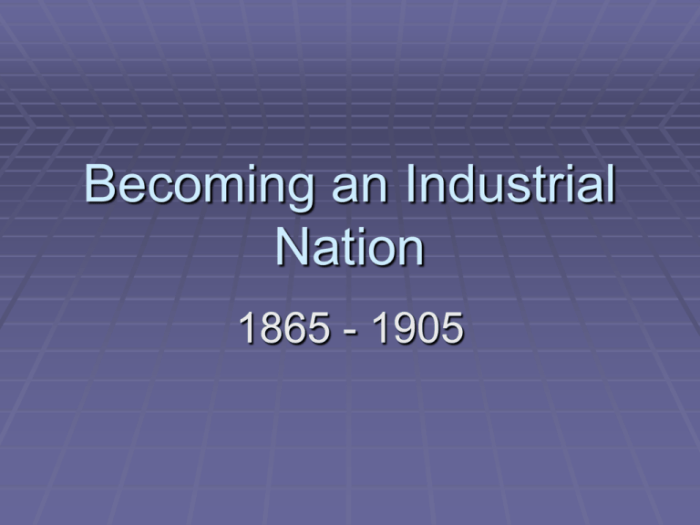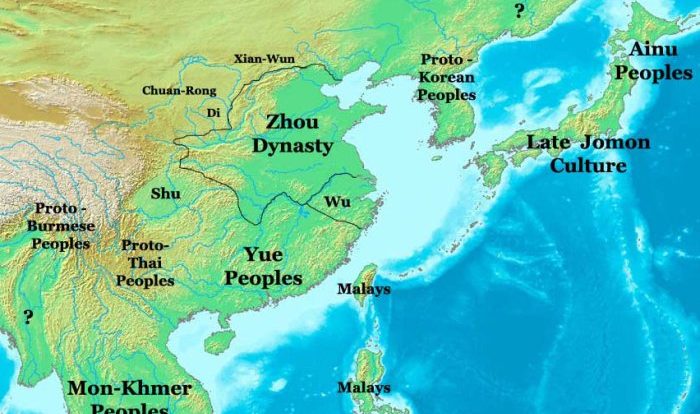Becoming an industrial nation atlas answer key – Embark on an exploration of the United States’ transformation into an industrial powerhouse with the “Becoming an Industrial Nation: Atlas Answer Key.” This guide unlocks the key events, industries, and consequences that shaped the nation’s industrial ascent, providing a comprehensive understanding of this pivotal era.
Technological advancements, such as the cotton gin and steam engine, fueled the industrial revolution, while key industries like textiles, iron and steel, and transportation reshaped the economy and society. The rise of the middle class and labor unions marked social and economic shifts, while regional disparities and the global impact of American industrialization left lasting legacies.
Industrialization in the Atlas: Key Events and Processes

The United States’ transformation into an industrial powerhouse was a gradual process driven by a confluence of factors. Technological advancements, economic policies, and social changes played pivotal roles in shaping this transformation.
Major Events, Becoming an industrial nation atlas answer key
- Invention of the Cotton Gin (1793):Eli Whitney’s invention revolutionized cotton production, making it more efficient and profitable, and fueling the growth of the textile industry.
- Steam Engine (1800s):James Watt’s steam engine provided a reliable source of power for factories and transportation, enabling mass production and industrial growth.
- Interchangeable Parts (1801):Eli Whitney’s concept of interchangeable parts standardized manufacturing processes, reducing costs and increasing efficiency.
- Transportation Revolution (1800s):The development of canals, railroads, and steamboats improved transportation infrastructure, facilitating the movement of goods and raw materials.
- Tariff of 1816:Protective tariffs imposed on imported goods shielded American industries from foreign competition, fostering domestic manufacturing.
Timeline of Industrial Milestones
- 1790:Alexander Hamilton’s “Report on Manufactures” advocates for government support of industry.
- 1814:Francis Cabot Lowell establishes the first integrated textile mill in Waltham, Massachusetts.
- 1830:The first railroad opens in the United States, connecting Baltimore and Ohio.
- 1844:Samuel Morse invents the telegraph, revolutionizing communication.
- 1869:The transcontinental railroad is completed, connecting the East and West coasts.
FAQ Guide: Becoming An Industrial Nation Atlas Answer Key
What were the major events that led to the United States becoming an industrial nation?
Key events included the invention of the cotton gin, the steam engine, and the development of transportation networks.
How did industrialization impact the lives of women, children, and immigrants?
Industrialization led to increased opportunities for women and children in the workforce, but also brought challenges such as low wages and dangerous working conditions. Immigrants played a significant role in the industrial workforce, often facing discrimination and exploitation.
What were the global consequences of American industrialization?
American industrialization transformed the global economy, making the United States a major exporter of manufactured goods and contributing to the rise of global capitalism.



